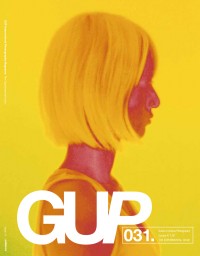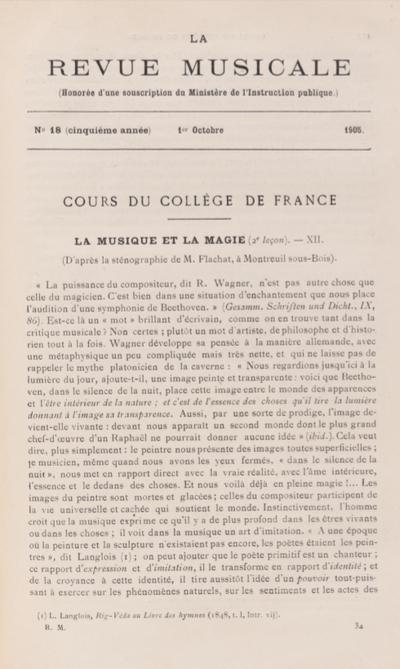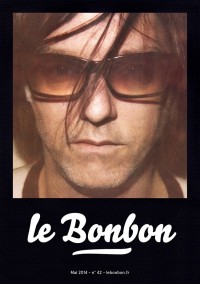
Experimental
- magazine : GUP
- numero : 31 - décembre 2011
- date : 01 décembre 2011
- catégorie : Culture & arts
Sommaire
-
Picasso and the Photogram
Pablo Picasso (1881-1973) was not only the 20th century's most prolific artist, he was also one of its most experimental.
-
Yesterday’s Sandwich
Boris Mikhailov (1938) lived in his hometown of Kharkov in the Ukraine until the collapse of the USSR. Trained as an engineer, he worked in a factory until 1968, but when he was forced to quit his job for leaving negatives of nude women in the company's darkroom, he became a
photographer. -
Outside In
Scooped up from the local surroundings and introduced into the body of his camera, Stephen Gill (1971, UK) created something reminiscent of in-camera photograms – or the
regurgitated contents of a giant vacuum cleaner – in which conflict or harmony has been randomly formed in the final image, depending on where the objects landed. -
Allerseelen
Allerseelen, the German word for All Souls or Day of the Dead, refers to the day when the victims of purgatory are about to receive redemption; to remembrance for loved ones who have passed away. Alexander Binder (1976, Germany) has wandered the dark forests and ancient graveyards of Central Europe producing a phantasmagoria of mythical images.
-
Arthropoda
There are few other contemporary photographers who are as acutely aware of the chemical, mechanical and artistic development of photography
-
Selected works
While attending the open studio programme at the Vrije Academie in The Hague, Sebastiaan Bremer (1970, The Netherlands) meticulously reproduced personal photographs in paint. Soon after, in 1992, he moved to New York where he began to work primarily in black and white, reemphasising his connection to photography.
He was assistant to several artists in New York, and worked and produced for the photographers Inez van Lamsweerde and Vinoodh Matadin. -
Thermography
Kenji Hirasawa (1982, Japan) has always been fascinated by skin-ship, where people interact with each other through the sense of touch. This is due to the fact that the Japanese consider it polite to keep one’s distance when communicating; they bow to each other instead of shaking hands in greetings.
-
Völkerschau
In Völkerschau, Melanie Bonajo (1978, The Netherlands) warns of a future in which animals no longer exist, and have permanently moved their existence into the sphere of archetypes. Animals will start to reappear in people’s lives as ghosts, their spirits revived at night in dreams. As a result of this loss, people will sanctify animals, in the way pre-modern animistic believers did.
-
Physical Forest
Physical Forest by Taisuke Koyama (1978, Japan) was commissioned by INSITU in Singapore for the project entitled Fort Canning Hill. What struck Koyama most was the overwhelming humidity, the vivid call of birds, snakes, geckoes climbing up tree trunks and dense stands of trees covered with epiphytic plants.
-
Chosen limits
Like many students at art academies, Patrick Sijben (1982, The Netherlands) started experimenting with pinhole cameras made from cans and boxes, filled with light-sensitive black and white paper. Not satisfied with the results and the limitations of this technique, he decided to take the approach several steps further by using regular medium- (and later large-) format cameras loaded with black and white paper instead of film.
A propos du magazine







